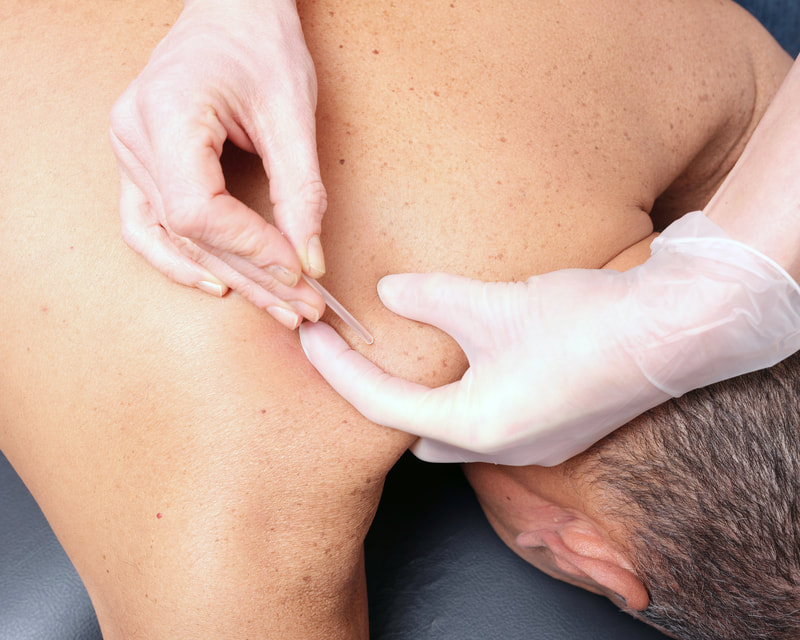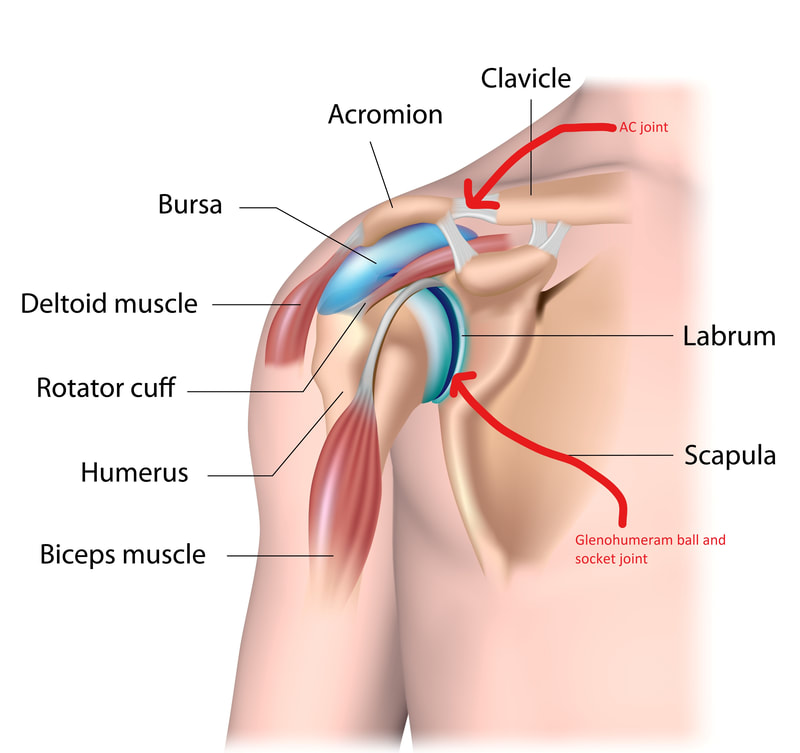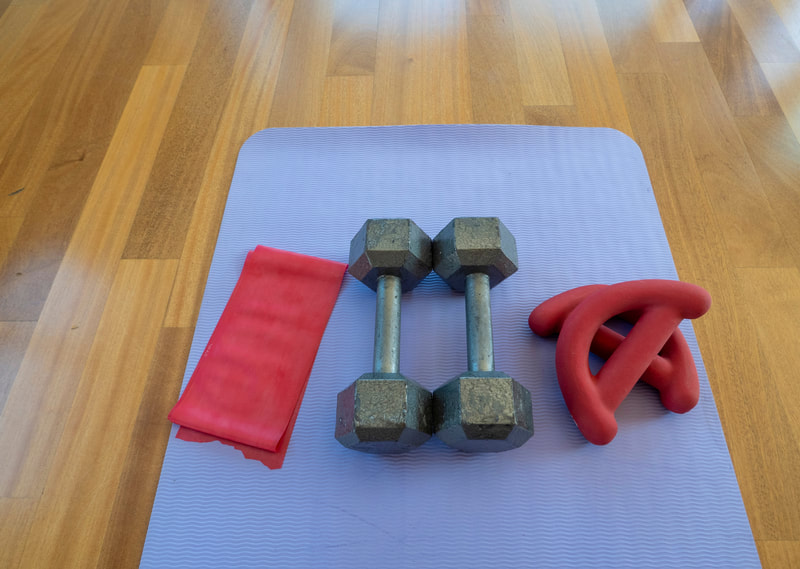"We love working with swimmers"

Our experience
We believe it is well worth seeing a physiotherapist who knows the sport you love. Physio4athletes staff know the sport of swimming. We have worked in this sport for over 20 years at state, national and international swim meets including Olympic & Commonwealth games, World Uni games & World Swimming Championships. Each week we work closely with swim coaches, swim biomechanists and strength and conditioning staff. Through this specialised experience we have developed a thorough knowledge of the sport and can assist any swimmer in their pursuit of pain-free swimming or improved performance.
We believe it is well worth seeing a physiotherapist who knows the sport you love. Physio4athletes staff know the sport of swimming. We have worked in this sport for over 20 years at state, national and international swim meets including Olympic & Commonwealth games, World Uni games & World Swimming Championships. Each week we work closely with swim coaches, swim biomechanists and strength and conditioning staff. Through this specialised experience we have developed a thorough knowledge of the sport and can assist any swimmer in their pursuit of pain-free swimming or improved performance.
Our treatment approach
|
Physio4athletes provides comprehensive rehabilitation for swimming injuries. Our rehabilitation approach includes:
|
"We know about swimmers' shoulders"
Swimming related shoulder pain
Shoulder pain is the most common injury affecting swimmers that we see at Physio4athletes. Up to 90% of swimmers experience shoulder pain at some point during their career. Most, but not all, shoulder pain in swimmers arises from injury to the structures in the subacromial space which include the rotator cuff and biceps tendon, and bursa. Sometimes swimmers will have AC joint pain, a labral injury or a shoulder instability problem. Conservative management, which means non surgical physiotherapy rehabilitation, is the mainstay of treatment. It is not common at all for a swimmer to require shoulder surgery. Most swimming shoulder pain can be treated effectively with the right manual therapy, strengthening and pain modifying exercises, technique modification and return to swim plan.
|
Why choose Physio4athletes for treatment of your swimming shoulder pain?
We have demonstrated our passionate commitment to the sport and its athletes by conducting and publishing peer-reviewed research into shoulder injuries in swimming. We translate this research into management of your shoulder pain and we keep up to date with the knowledge base in this area. |
Swimming screening
What is swimming screening?
Musculoskeletal screening for swimming is a series of tests conducted by a physio looking at body position, range of motion of joints and specific muscle strength. In high performance swimming, athletes undergo regular monitoring using these screening tests to ensure they can perform at their best. The tests we use in our swim screen are in line with swimming australia protocols, as well as other tests we have developed over the years.
Why do swimming screening?
There are a number of reasons why swim screening is helpful, including injury prevention and swim technique performance. Our screening includes a number of flexibility and strength tests that are relevant to the ability to perform the swim strokes effectively. For example, it is important to achieve side to side symmetry of shoulder strength for swimming- we can identify which side needs targeting. It is also very important to have adequate flexibility in the shoulders and upper back to get into a good streamline position- good flexibility in these areas is associated with faster swimming most likely due to improved underwater skills (1). Also, Helen's research has shown that changes in external rotation range of motion can be predictive of future shoulder injury in swimmers (2).
Musculoskeletal screening for swimming is a series of tests conducted by a physio looking at body position, range of motion of joints and specific muscle strength. In high performance swimming, athletes undergo regular monitoring using these screening tests to ensure they can perform at their best. The tests we use in our swim screen are in line with swimming australia protocols, as well as other tests we have developed over the years.
Why do swimming screening?
There are a number of reasons why swim screening is helpful, including injury prevention and swim technique performance. Our screening includes a number of flexibility and strength tests that are relevant to the ability to perform the swim strokes effectively. For example, it is important to achieve side to side symmetry of shoulder strength for swimming- we can identify which side needs targeting. It is also very important to have adequate flexibility in the shoulders and upper back to get into a good streamline position- good flexibility in these areas is associated with faster swimming most likely due to improved underwater skills (1). Also, Helen's research has shown that changes in external rotation range of motion can be predictive of future shoulder injury in swimmers (2).
|
What happens after swim screening?
We provide you with a report that you can share with your coach and your strength and conditioning staff. The report will detail areas for improvement and we will also prescribe individualised exercises for you to work. We draw from our experience to identify which exercises will best target your "work ons" |
We provide physio services at swim meets
|
|
|
Other professional activities related to swimming:
Publications
1. H. WALKER PHD THESIS, 2010: "A PROSPECTIVE INVESTIGATION OF SHOULDER PAIN IN AUSTRALIAN COMPETITIVE SWIMMERS", UNIVERSITY OF MELBOURNE.
2. WALKER ET AL, PHYSICAL THERAPY IN SPORT, 2012: " SHOULDER PAIN IN SWIMMERS: A 12-MONTH PROSPECTIVE STUDY OF INCIDENCE AND RISK FACTORS"
3. WALKER ET AL., PHYSICAL THERAPY IN SPORT, 2016: "THE RELIABILITY OF SHOULDER RANGE OF MOTION TESTS IN COMPETITIVE SWIMMERS"
4. WALKER. H & HOLT. K "SWIMMER'S SHOULDER", SPORT HEALTH 36 (3), 2018.
5. PORTER, BLANCH, WALKER, SHIELD; SCANDINAVIAN JOURNAL MEDICINE SCIENCE SPORT, 2020:"THE EFFECT OF PREVIOUS SHOULDER PAIN ON SUPRASPINATUS TENDON THICKNESS CHANGES AFTER SWIMMING PRACTICE"
6. PORTER, TAPLEY, PASCOE, BLANCH, WALKER, SHIELD, PHYSICAL THERAPY IN SPORT, 2020 "THE EFFECT OF SWIMMING VOLUME AND INTENSITY ON CHANGES IN SUPRASPINATUS TENDON THICKNESS".












